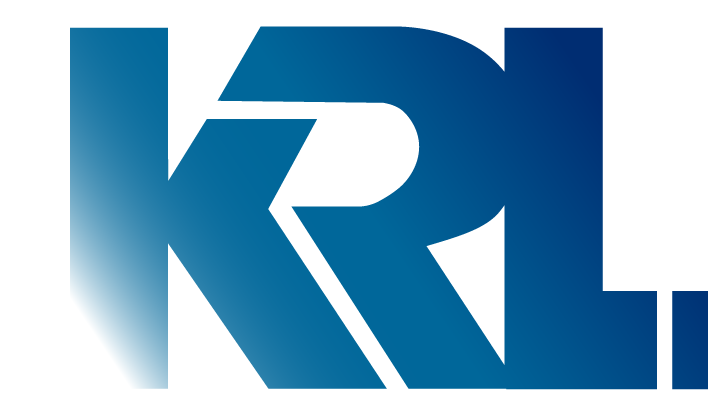
12 Jul Hydrogen Forecast 2050
Source: http://dnv.com
The rise of hydrogen might be slower than predicted. In order to meet the targets of the Paris Agreement, hydrogen would need to cover 15% of the energy demand by 2050.
“Hydrogen is essential to decarbonize sectors that cannot be electrified, like aviation, maritime, and high-heat manufacturing and should therefore be prioritized for these sectors,” said Remi Eriksen, Group President and CEO of DNV. “Policies do not match hydrogen’s importance. They will also need to support the scaling of renewable energy generation and carbon capture and storage as crucial elements in producing low-carbon hydrogen.”
Green hydrogen, that is, hydrogen produced by electrolysers, will probably account for 70% of output by mid-century. A surplus of renewable energy should be required; in fact, more than twice the current solar and wind power will be necessary to reach those numbers.
Blue hydrogen, i.e.- produced from natural gas with emissions captured, will be highly used in the short run. It is estimated that roughly 30% blue hydrogen will be produced in the next decade.
The production cost is still the main drawback of hydrogen but it is widely- recognised that costs will drop as infrastructures become more popular.
It is widely agreed that hydrogen and its derivatives, such as ammonia, are the best options to meet the current demand of power whilst meeting the zero-emission target. Europe is, nowadays, the forerunner setting a goal for hydrogen to take 11% of the energy mix by the middle of the century. Europe, OECD Pacific, North America and China will use two-thirds of global hydrogen demand by 2050.
“Scaling hydrogen value chains will require managing safety risk and public acceptance, as well as enforcing policies to make hydrogen projects competitive and bankable. We need to plan at the level of energy systems, enabling societies to embrace the urgent decarbonization opportunities presented by hydrogen,” added Eriksen.



